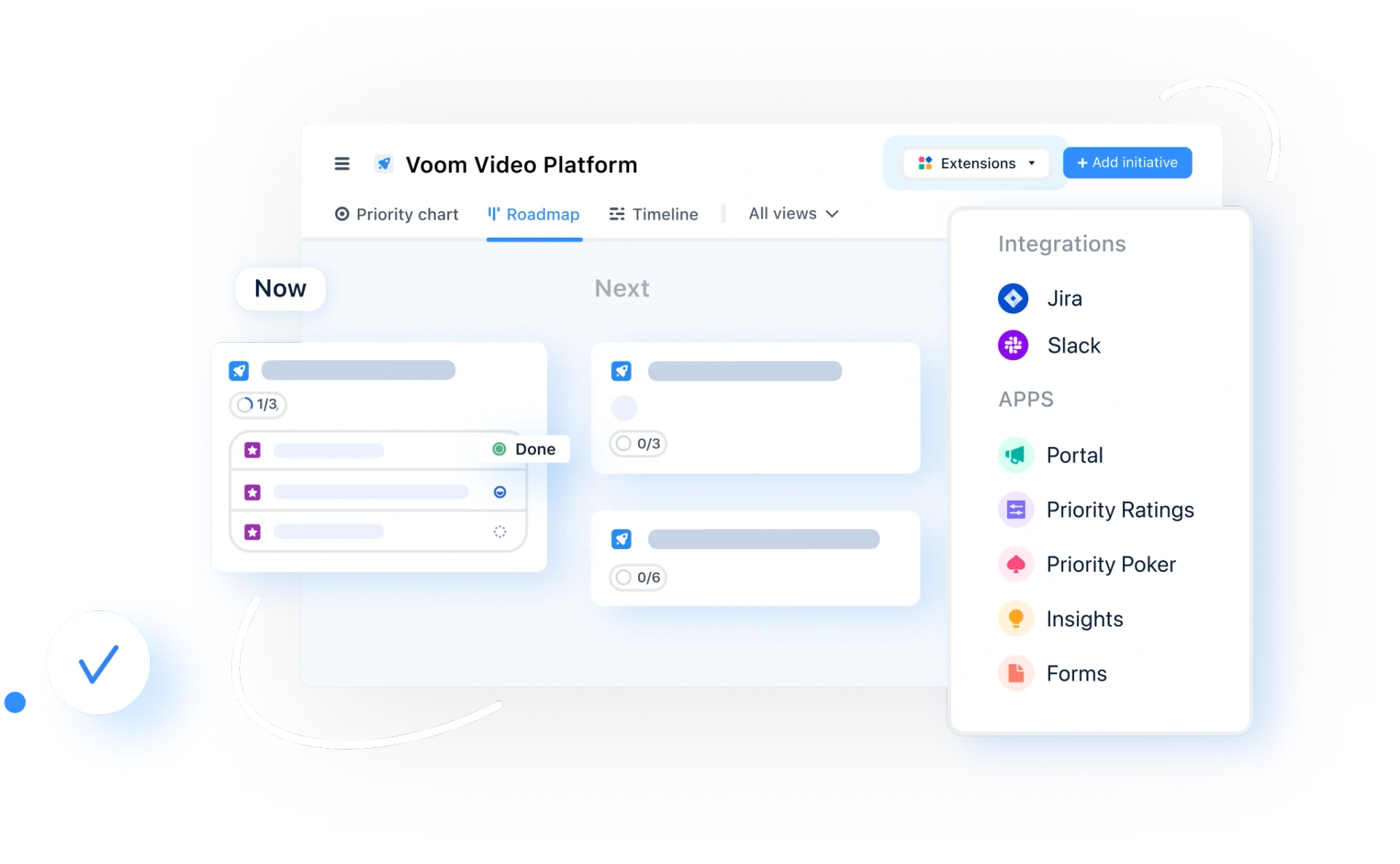“It’s all about stories”: How to go beyond data and tell better product stories

In product management, your success often hinges on how well you can bring others along for the ride. Stakeholders aren’t just looking for data – they're looking for clarity, conviction, and connection. Whether you're pitching a product roadmap to execs or rallying cross-functional teams around a product bet, storytelling is what turns raw insights into shared belief.

For Dan Lawyer, Lucid's CPO, data is necessary but insufficient. The real magic happens when data is woven into a narrative arc that resonates emotionally and intellectually. “It takes a lot of energy to get from dumbed-down simplicity through the complexity into a very elegant, well-constructed story.”
When stories and data are combined, they pull at the audience, both intellectually and emotionally. In product management, this isn’t a luxury – it’s survival, and critical to success in stakeholder management.
To find out how to elevate your storytelling – and how AI can amplify your impact – with insights from respected research and leading communication experts, follow this link.
Structure your story like a narrative
The most persuasive data stories borrow from classic storytelling techniques. Here’s a way to map narrative elements onto your data presentation:
| Story element | What it looks like in data storytelling |
|---|---|
| Context | Set the scene: Why does this data matter now? |
| Hook | Use an emotional or surprising insight to grab attention |
| Rising action | Reveal deeper insights, build tension or urgency |
| Climax | Present the key finding or turning point |
| Resolution | Offer a solution, action, or vision for the future |
“Focus on the story your data tells rather than displaying every statistic. Identify the key message you want audiences to remember.” (Chip Heath, Stanford Graduate School of Business)
Make it human
Anchor data in real-life experiences or customer impact, testimonials, and scenarios; people connect with stories that feature relatable scenarios. Dan Lawyer has gone as far as to create characters for a board presentation.

Uplift with contrast and resolution
Show ‘where we are’ versus ‘where we could be’ to create dramatic tension, and highlight what’s at stake and how your recommendation resolves pain points or seizes opportunities.
Make data speak
It’s easy to get caught up in the sheer volume of data available. But highlight only what matters to the people you’re speaking to: Curate your data or ‘slice and dice’ your roadmap to display a single, clear narrative that’s relevant to their goals, whether that’s sales, marketing, or engineering.
Using AI to connect dots from data
Struggling to see the wood through the data forest? Use it to review large datasets and extract the most relevant points, recommendations, or anomalies. You can also make your storytelling more effective by translating complex ideas into engaging, accessible language: AI tools can generate comparisons that simplify technical concepts. It can also help you tailor analogies and metaphors for your specific audience and tone.
Additional resources
Emma-Lily Pendleton

Read also



Create effective product strategy

Experience the new way of doing product management




